Lime Drizzle Cake
This Lime Drizzle Cake is a buttermilk lime loaf cake recipe topped with a lime drizzle. Brush the warm lime cake with the optional juniper syrup, and you have a non-alcoholic gin and tonic cake that’s perfect for breakfast or dessert or snacking any time.
So read on for all the detailed tips and tricks about baking ratios and why cakes fall. Or just grab your limes, hit that purple Jump to Recipe button, and let’s make a lime drizzle loaf cake!
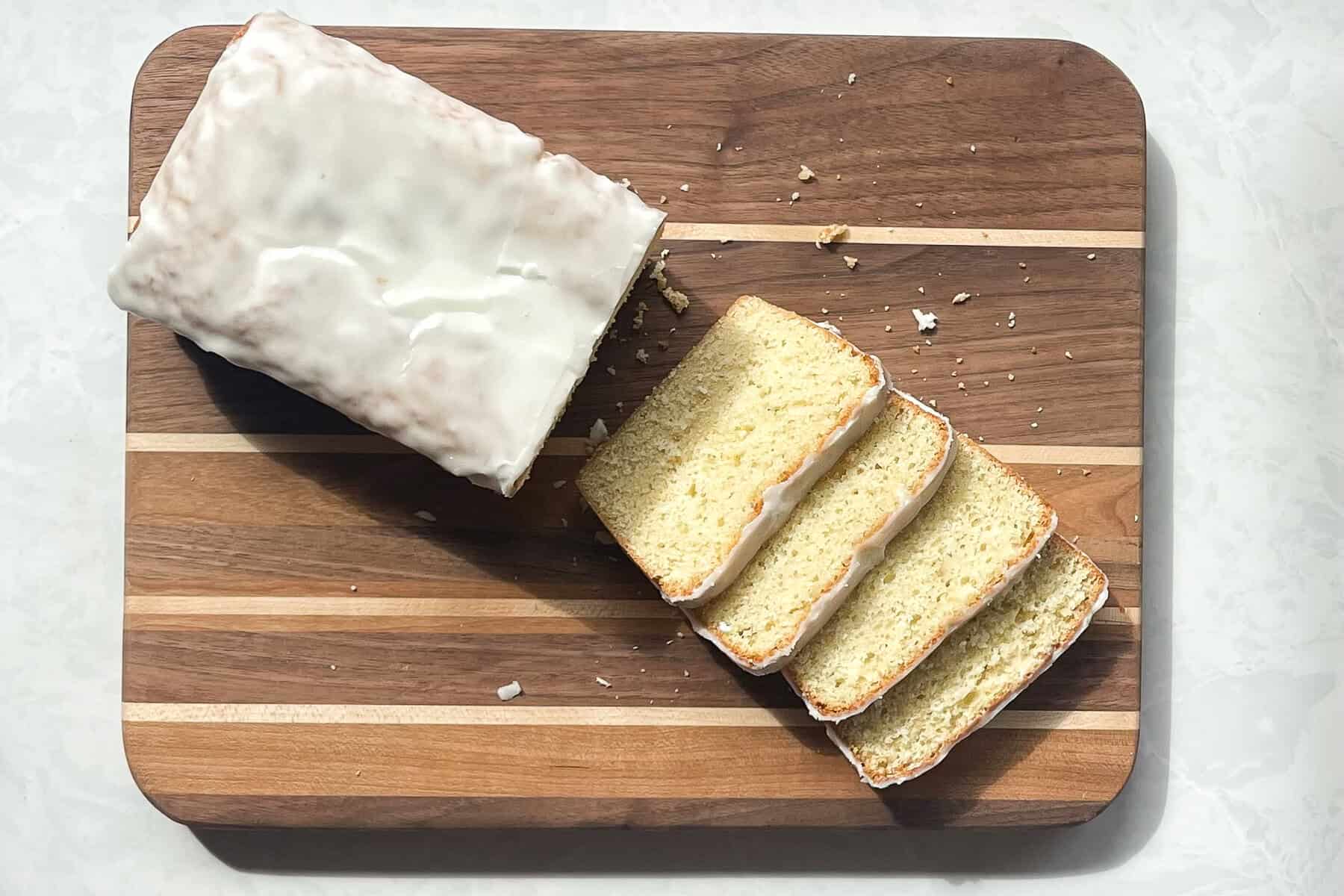
Ingredients
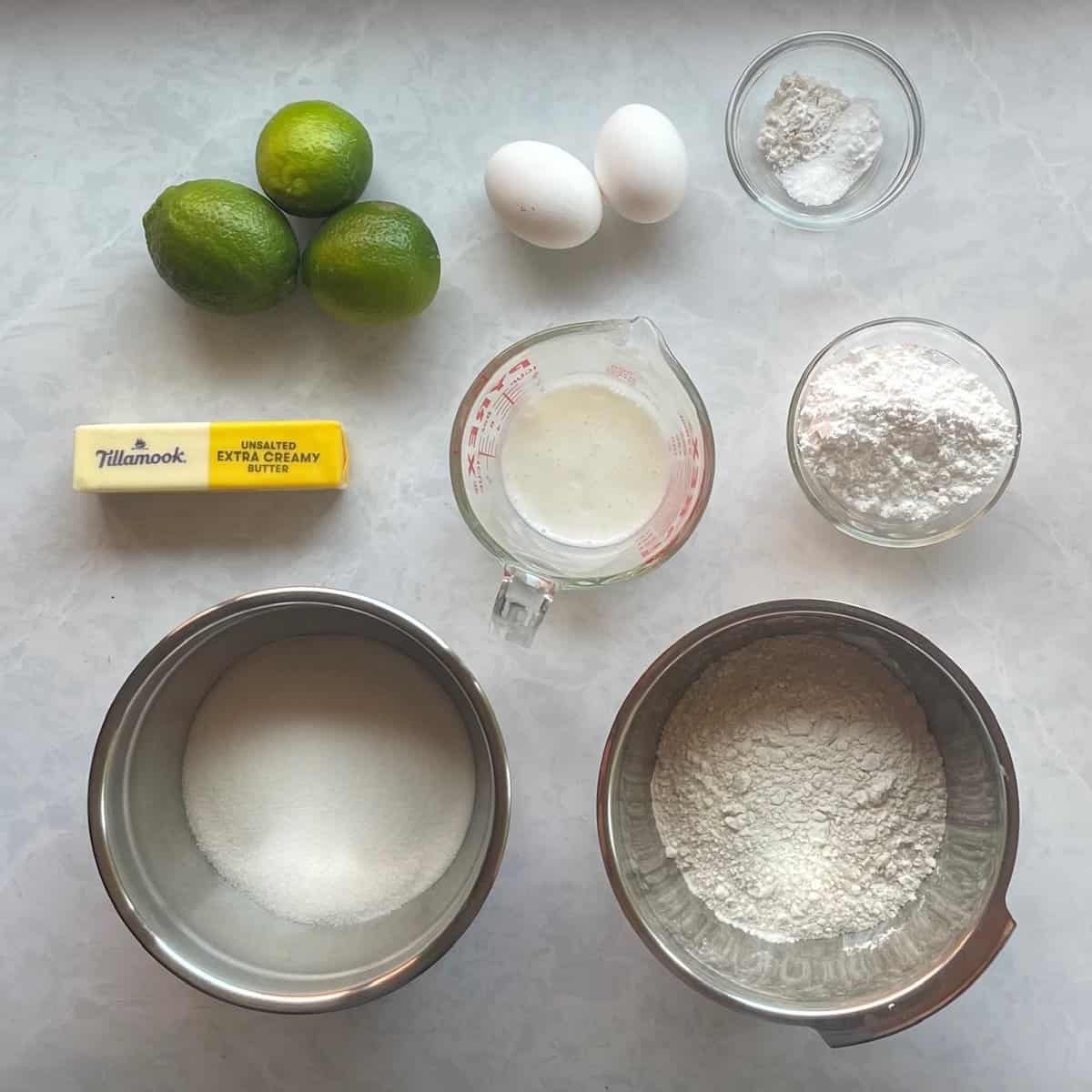
I initially created this lime loaf cake with juniper berries for the reddit 52 week baking challenge (Week 31: unusual ingredients). I had the idea to make a gin and tonic cake recipe using ground juniper berries and lime.
I mistakenly thought it would be simple – take my blackberry lemon bread recipe, omit blackberries, substitute lime for lemon, and add finely ground juniper berries. This lime loaf cake recipe failed – four times!
It provided lessons about why cakes fall, which I’ll share with you below. But you can trust that this lime drizzle cake recipe has now been tested successfully multiple times in 2025, and my staff gobbles it down when I bring it to staff meeting.
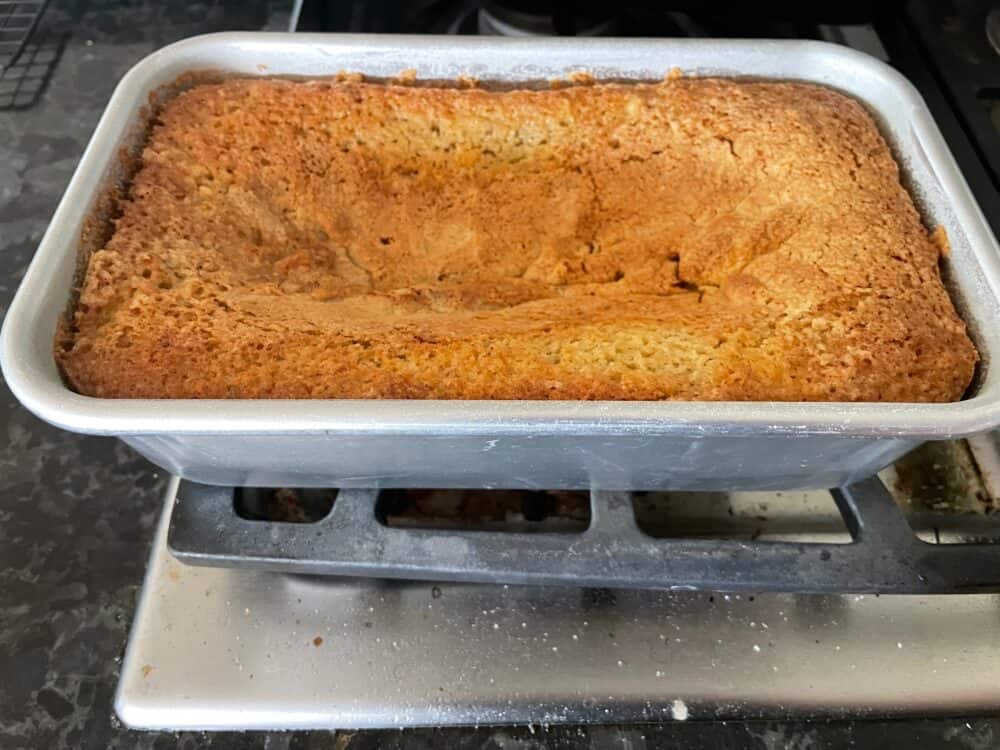
Please see the recipe card below for complete information on ingredients and quantities.
Recipe tips and tricks
Probably the most common reason for why cakes fall after baking is because they are underbaked. Moist baked goods can’t sustain the structure they’ve risen to, and they collapse. But there are a variety of reasons why cakes sink in the middle during baking.
Why Do Cakes Sink: Inadequate chemical leavening.
I initially wondered whether the change from lemon juice to lime juice could have varied the acidity enough to result in less reaction with the chemical leavening agents, but limes are actually more acidic than lemons.
To check to see if your baking powder is still active, mix baking powder with boiling water – it should froth up immediately. Mixing baking soda with vinegar should do the same
Step 1: Sift or whisk the dry ingredients together in a small to medium sized bowl.
Why Do Cakes Sink: Insufficient mechanical leavening.
Step 2: With the creaming method, you need to beat the butter and sugar together until they are really well incorporated and truly light and fluffy. This should take several minutes – don’t skimp here since it will help protect your lime cake batter from curdling once you beat in the eggs.
You can also use the reverse creaming method here like I use in my tiramisu layer cake, but I found that reverse creaming made my lime drizzle cake a little denser than I liked.
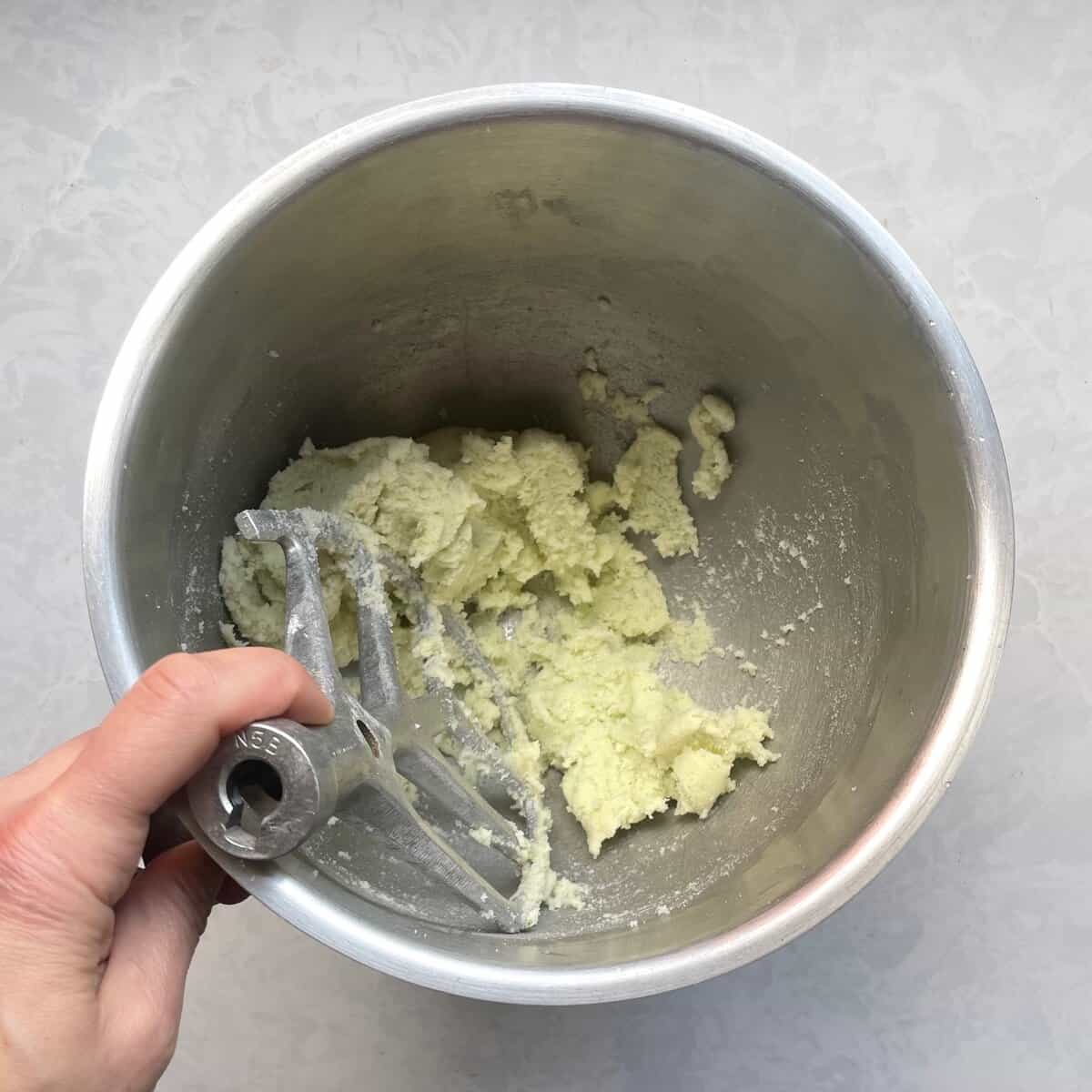
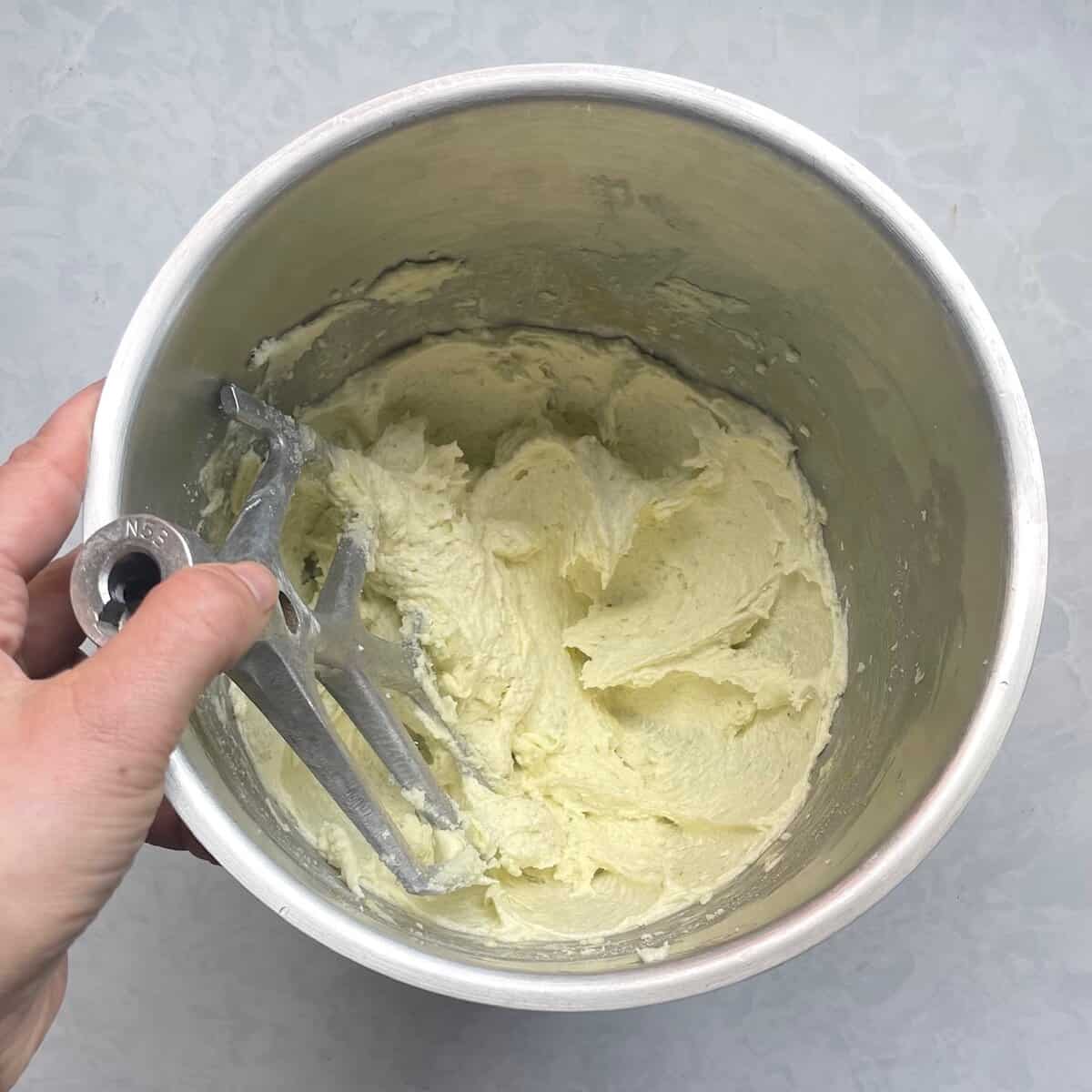
Why Do Cakes Sink: Change in altitude or barometric pressure.
Step 3: Add the half the dry ingredients, beat on low until just incorporated, and then add the lime juice and buttermilk. Add the remaining dry ingredients and mix until incorporated.
Why Do Cakes Sink: Wrong sized pan
This again comes down to cake structure. A smaller pan actually leads to a greater initial rise, and so your cake might fall in the middle if that rise isn’t supported.
Step 6: Spoon the lime cake batter into a buttered and floured loaf pan. Give it a few thwacks to even it out, and bake.
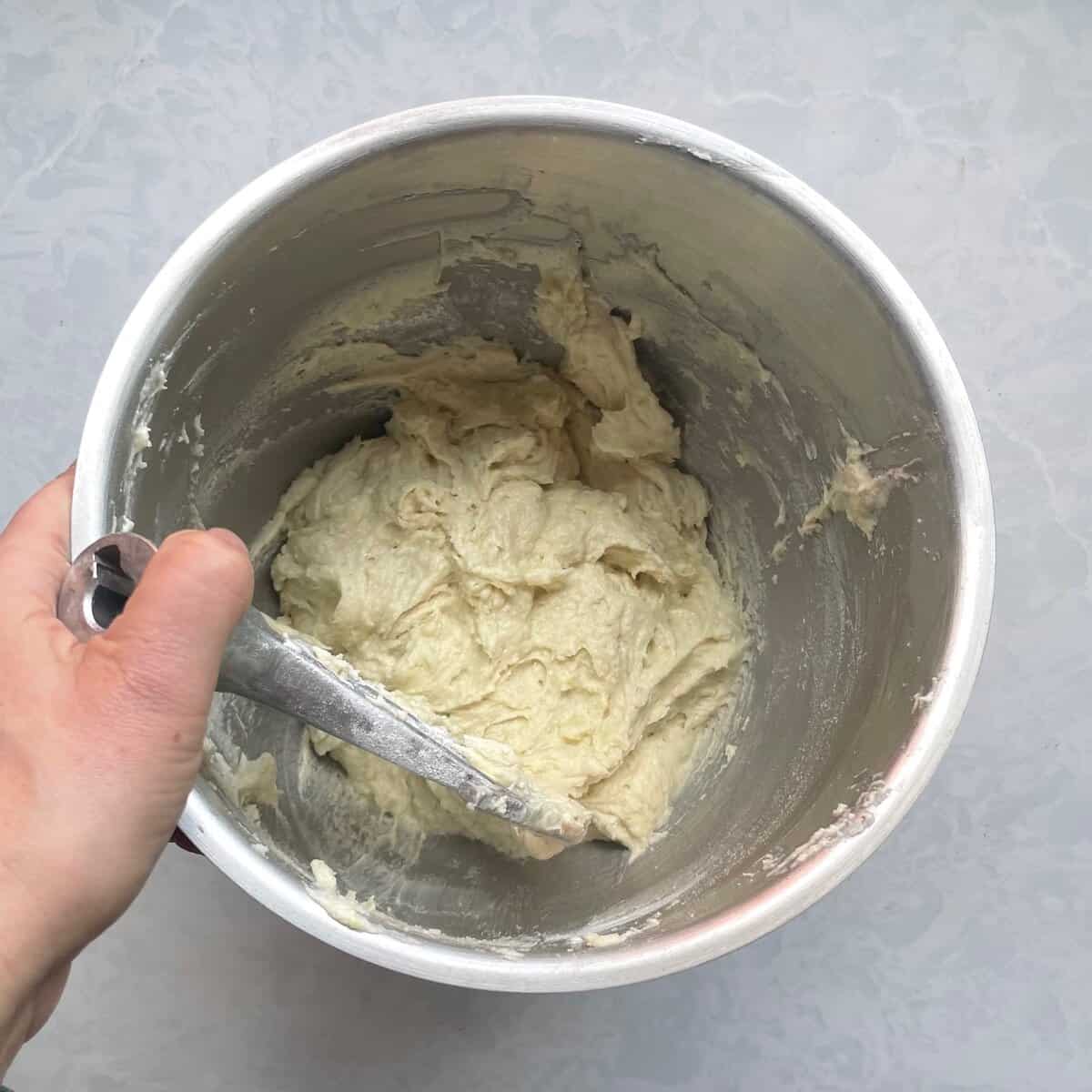
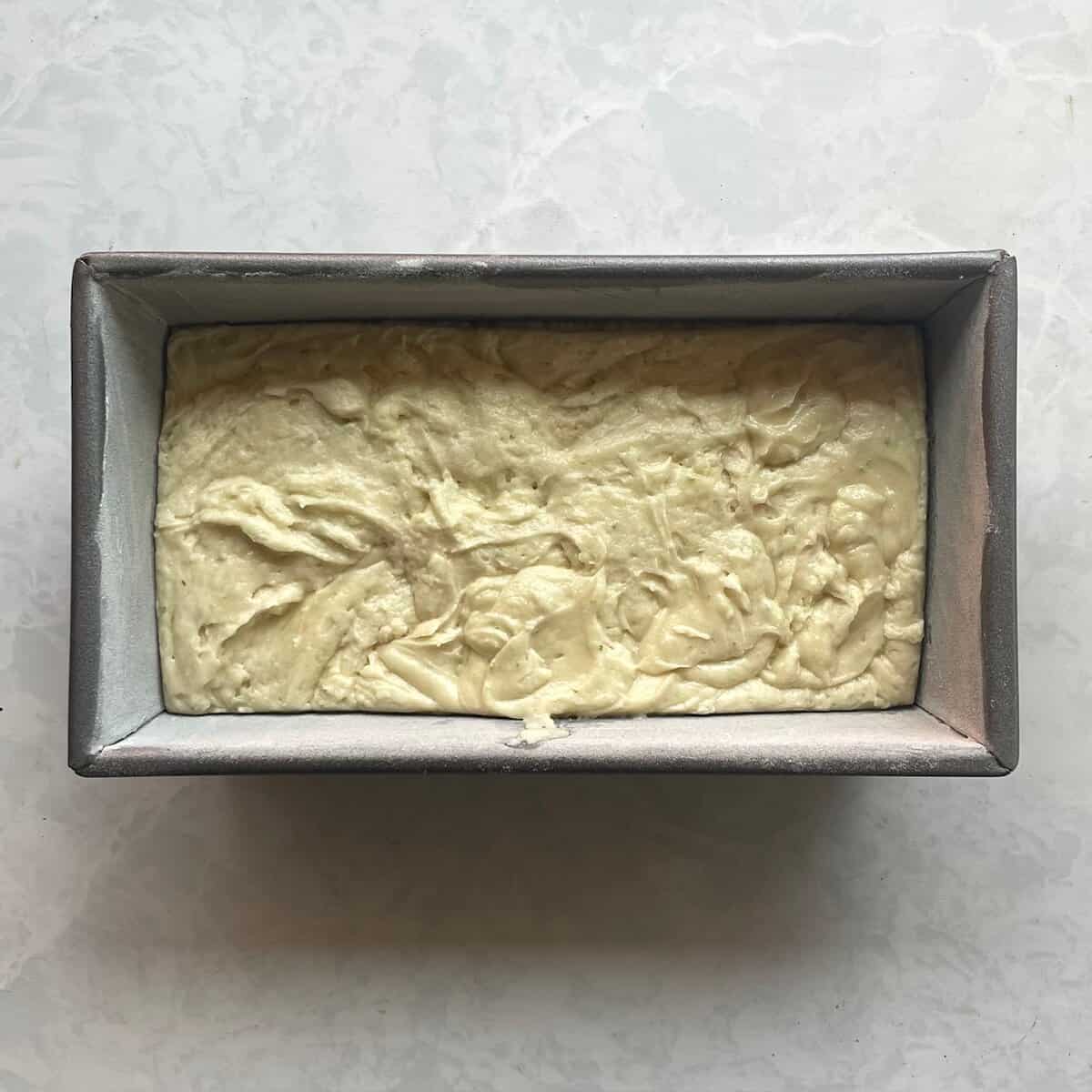
Why Do Cakes Sink: Opening the oven door
Don’t do this until the cake has set! The rush of room temperature air into the oven can make the cake sink in the middle.
Step 7: Bake in the middle of the oven until the cake is a light brown, a tester inserted into the middle comes out with just a few moist crumbs, and the loaf cake is starting to pull away from the sides. You’ll want to check about 30 to 40 minutes into baking to make sure your lime cake isn’t browning too quickly.
Step 8: Let your lime loaf cake cool in the pan about 10 minutes, turn it out onto a cooling rack over waxed paper, and brush with the optional juniper syrup if you’re making a gin and tonic cake. Let it cool completely.
Step 9: Glaze with the lime drizzle. I tend to thin my glaze out too much so it drips onto the wax paper. Nothing wrong with scooping that lime glaze up with a spoon or spatula and drizzling it back on your loaf cake!
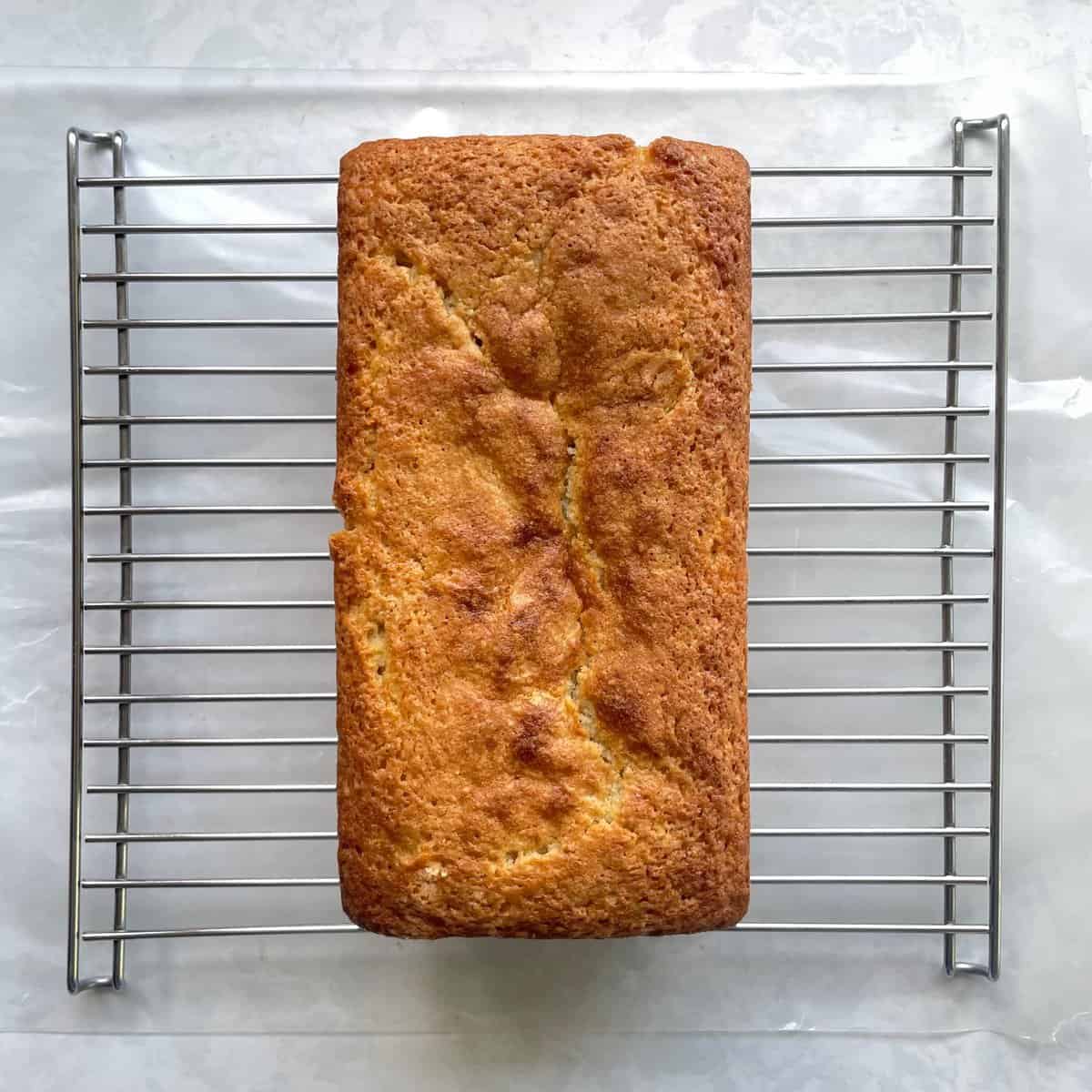
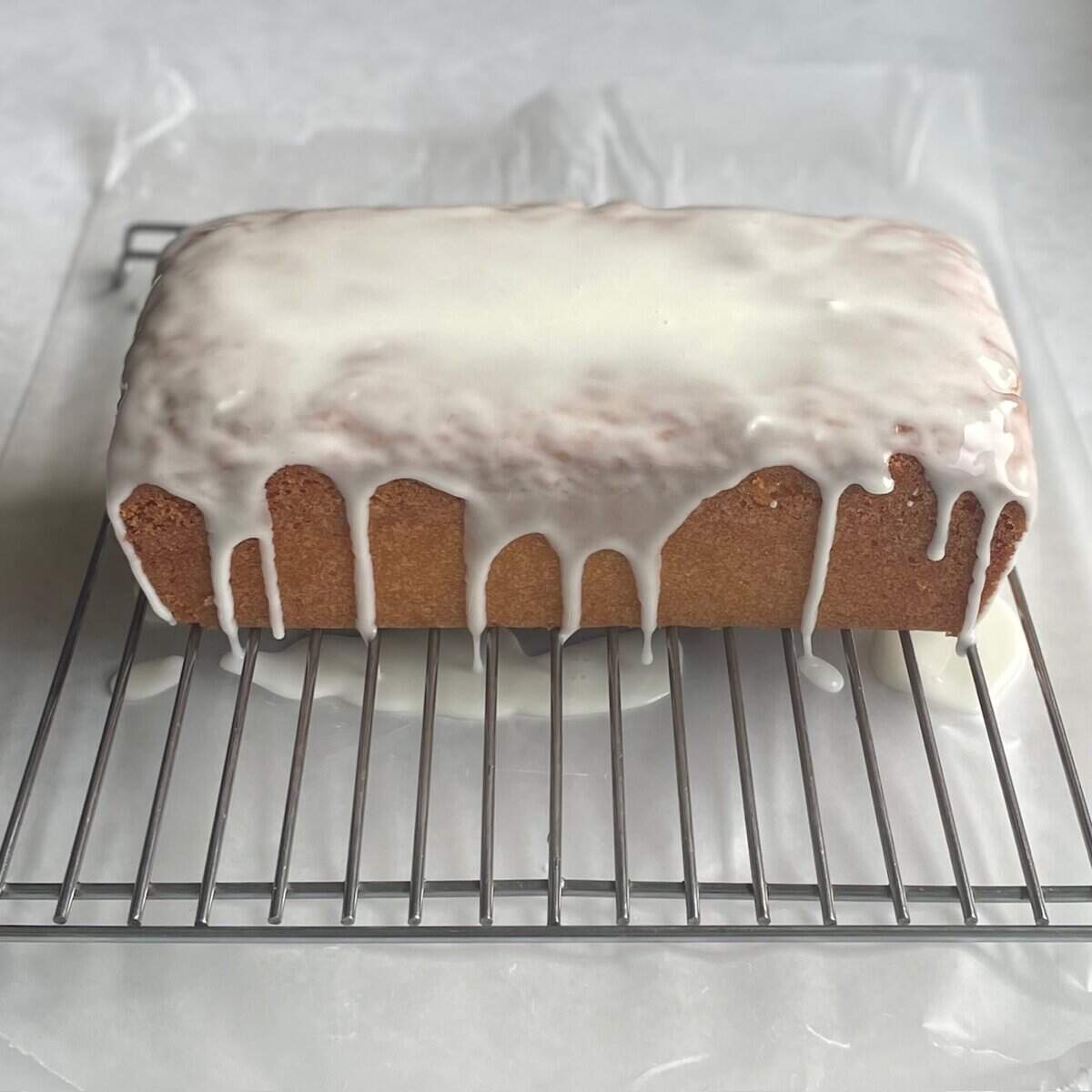
Recipe FAQs
Juniper berries aren’t really berries, but they are the seed cone of juniper trees. They can be used in small quantities when cooking meats or duck.
Store the lime loaf cake in an airtight container at room temperature for a few days. The unglazed lime cake freezes well for up to three months.

Related cake recipes
Check out other Ugly Duckling Bakery loaf cake recipes like:
Love this recipe? Please leave a 5-heart 💜💜💜💜💜 rating in the recipe card below. Let me know how much you loved it, or any problems you had, in the comments section further down.
Recipe
Lime Drizzle Cake
Equipment
- Mixer
Ingredients
Lime cake batter
- 1½ cup (200 grams) all-purpose flour plus more for flouring the pan
- 1 teaspoon baking powder
- ¼ teaspoon baking soda
- ¼ teaspoon salt
- 8 tablespoons (113 grams) unsalted butter softened, plus more for flouring the pan
- 1¼ cup (250 grams) granulated sugar
- zest of 2 limes
- 2 large eggs room temperature
- ¼ cup buttermilk
- ¼ cup lime juice from 2 to 3 limes
Optional juniper syrup
- ¼ cup granulated sugar
- ¼ cup water
- 1 tablespoon juniper berries
Lime drizzle glaze
- 1 cup powdered sugar
- 1 to 2 tablespoons lime juice
Instructions
Lime cake batter
- Preheat the oven to 350°F.
- Butter and flour a 8½ by 4½ inch loaf pan.
- Sift or whisk together the flour, baking powder, baking soda, and salt in a medium sized bowl.1½ cup (200 grams) all-purpose flour, 1 teaspoon baking powder, ¼ teaspoon baking soda, ¼ teaspoon salt
- Cream the butter, sugar, and lime zest together until light and fluffy. If using a stand mixer, this will take about 5 minutes on medium speed, longer if using a hand mixer.8 tablespoons (113 grams) unsalted butter, 1¼ cup (250 grams) granulated sugar, zest of 2 limes
- Add the eggs one at a time, beating for a minute after each addition and scraping down the bowl as necessary.2 large eggs
- Add approximately one half of the dry ingredients and mix on low speed until they are just incorporated.
- Add the buttermilk and lime juice and beat until mixed. Scrape down the bowl.¼ cup buttermilk, ¼ cup lime juice
- Add the remaining dry ingredients and mix until just barely incorporated.
- Pour the batter into the prepared pan, even out the batter and give the pan a few thwacks on the counter to remove any air bubbles.
- Bake for about 50 to 60 minutes until the top has started to brown and a toothpick inserted into the center comes out with just a few moist crumbs. Check the loaf cake after about 30 or 40 minutes and cover it loosely with aluminum foil if it is starting to brown.
- Cool in the pan for 10 minutes, and then invert and transfer to a cooling rack.
Optional juniper syrup
- While the batter is baking, prepare the syrup by combining the sugar, water, and juniper berries in a small saucepan.¼ cup granulated sugar, ¼ cup water, 1 tablespoon juniper berries
- Bring the syrup to boil over medium-high heat and stir until all of the sugar has dissolved.
- Turn off the heat and let cool.
Lime Drizzle Cake Assembly
- Once you have removed the cake from the pan and transferred it to a cooling rack, put the cooling rack over a piece of waxed paper or parchment paper to catch any drips.
- Use a pastry brush or spoon to brush all of the syrup onto the top and sides of the cake. Let cool.
- When ready to glaze, combine the powdered sugar and 1 tablespoon of lime juice and whisk to combine. Add a bit more juice if needed so that the glaze is just pourable, and pour the glaze over the cake, letting it drip down the sides. It is better to be slightly too thick than slightly too thin.1 cup powdered sugar, 1 to 2 tablespoons lime juice
- Let the glaze harden before serving, about one hour.
- The cake can be stored at room temperature for up to one week.
Notes
Nutrition
Bored with the recipes you’ve been cooking and baking lately? Get inspiration here:


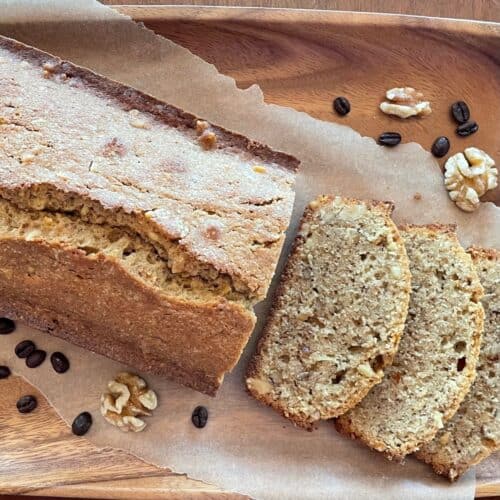
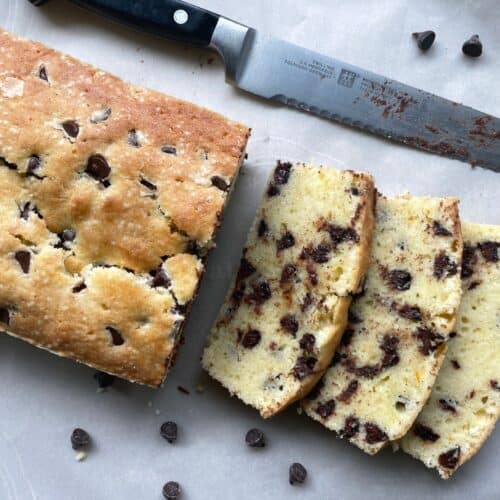


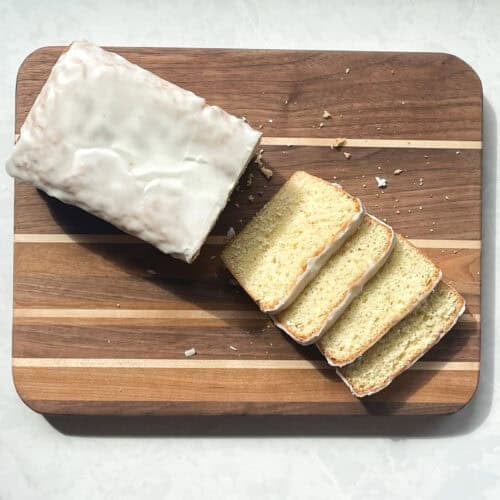
I just loved it! This is my go to surprise recipe for guests/friends/colleagues, the list goes on
Wow, Dina. I’m glad you love this juniper lime cake!
It’s still a work in progress. I’ll update this comment when the recipe is perfect!
Fallen or not, it sound delicious! Hard to go wrong with gin flavors. 🙂
Thanks Catherine! All of those cakes definitely were eaten happily. The scientist in me just really wants to know why one recipe works when another one doesn’t.